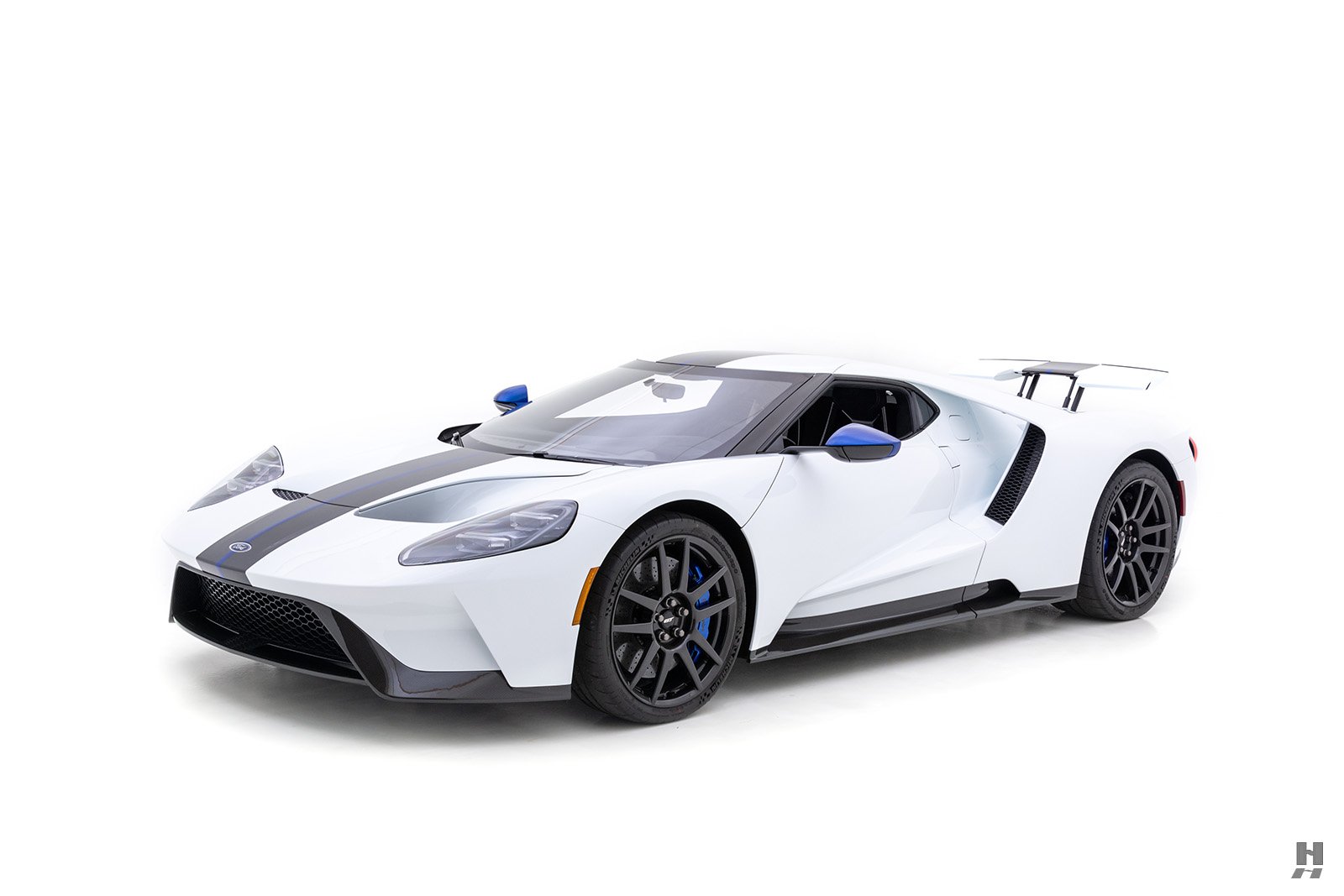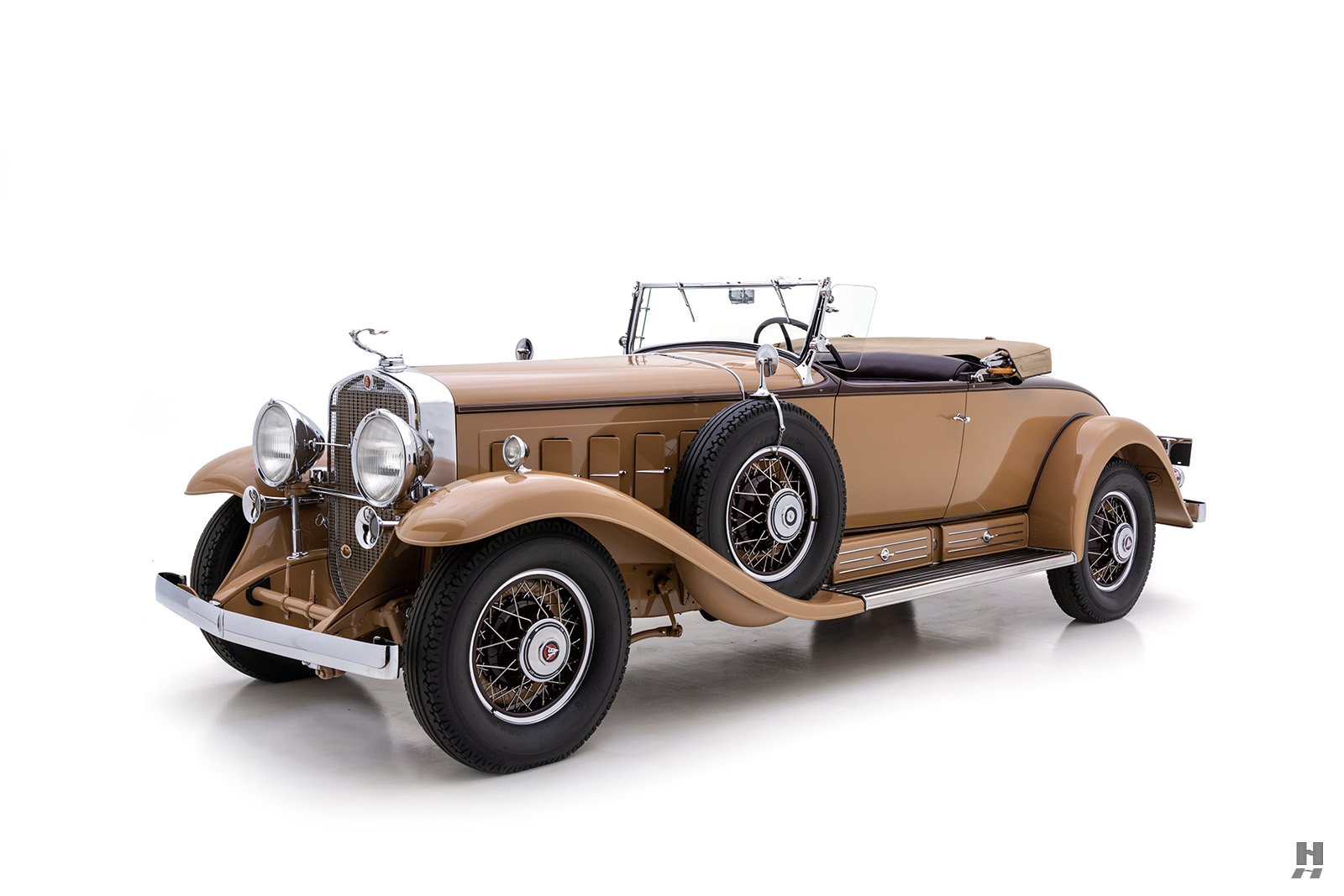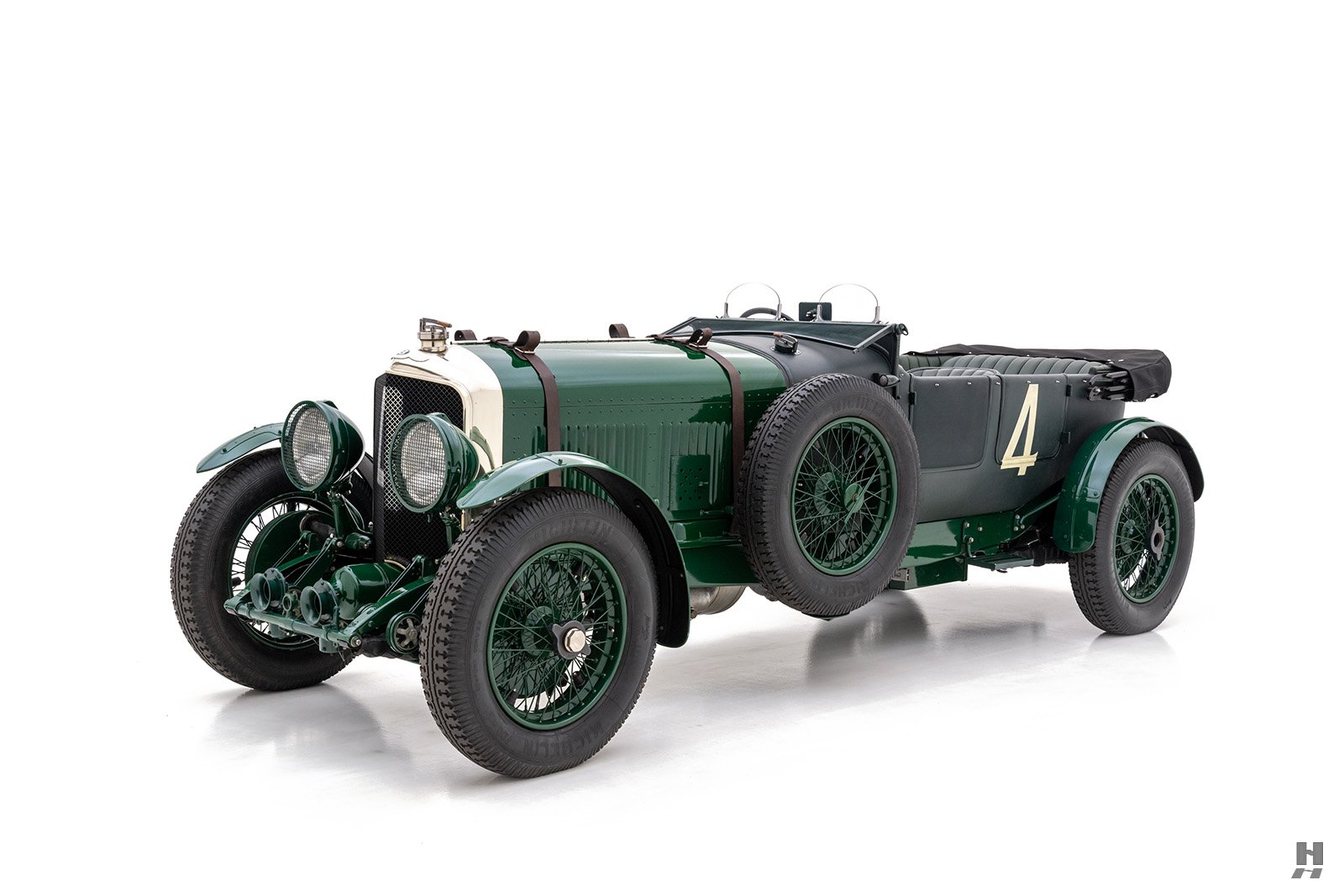The Beetle had a controversial beginning as the concept for Nazi Germany’s people’s car, but in just a few short years after the end of the Second World War it would begin its meteoric rise in popularity that saw it become one of the most adored, most recognizable automobiles in Europe, the United States and indeed across the globe. Designed by Ferdinand Porsche and intended to be an inexpensive, fuel efficient and well-built car capable of transporting a family of people at highway speeds, it found ready customers in a cash-strapped postwar Europe and brought the concept of small, economical foreign cars to the United States for the first time.
Changes to the Beetle were regular but subtle. In 1949, the engine was enlarged to 1131 cc, in 1952 synchromesh was added to second and fourth gears, and in 1953 the rear window became a single oval pane in place of the split rear window on the original cars. This last change has resulted in the early Beetles, easily distinguished by their split rear windows, being the more desirable variants among collectors. The split window Beetles are also rarer than the later, more widely produced cars and are considered the purest examples of the original design, adding to their value.
During mid-1952 Volkswagen changed the design of the Beetle replacing the rear split window with an oval shaped window. There was a five month cross over in production beginning in October of 1952 where Beetles were produced with a split window body while possessing an updated dashboard as well as the creature comforts of the upcoming oval window cars. Cars produced during this five month crossover have since been dubbed as “Zwitters” which is the German word for hermaphrodite meaning that these cars were part oval and part split.
This Volkswagen "Zwitter" Beetle was produced in November of 1952 and is considered to be one of the most desirable Beetles ever produced. It is finished in black with a red interior piped in black on the front seats. It also has Volkswagen hubcaps, wide whitewall tires, an AM radio, its original VW spare tire, tool kit and owner’s manual.
As desirable as a "Zwitter" is already this VW has a period correct Judson supercharger, giving it significantly more punch than the 30 (SAE) horsepower that its 1131 cc flat-four came with from the factory in 1952. The Judson brothers employed an unusual rotary vane design with an offset cylindrical rotor and sliding composite vanes that seal against the inside of the housing while the fuel-air mixture is compressed into a steadily smaller volume. Widely employed in small displacement engines in the Fifties and Sixties, Judson claimed several advantages including consistent performance improvement across the engine’s full operating range, low friction and drive losses and lower operating temperatures.
If you believe their advertising Judson blowers increased horsepower and torque by between 25% and 50% and their widespread acceptance – and continuing enthusiasm among collectors – is a strong endorsement of their claims. Unlike so many period performance upgrades, the Judson community supports enthusiastic and supportive owners’ groups and an array of suppliers of replacement and service parts.
This 1952 "Zwitter" Volkswagen sedan also comes with California registrations from 1965 to 1983 and Nevada registrations from 1984 to 1988. It received a high quality restoration, documented by photographs, and really is a lovely split window Beetle. A very attractively presented, highly collectible example with the added bonus of a supercharger, this is a fantastic early Volkswagen that will reward its new owner with appreciative comments for the car itself and amaze passersby on the street with its supercharged performance.
Sorry this car has been sold. Are you looking to buy or sell a car like this? Contact a representative
For immediate assistance please call us at +1-314-524-6000 or please fill out the following form and a member of our team will contact you.

































